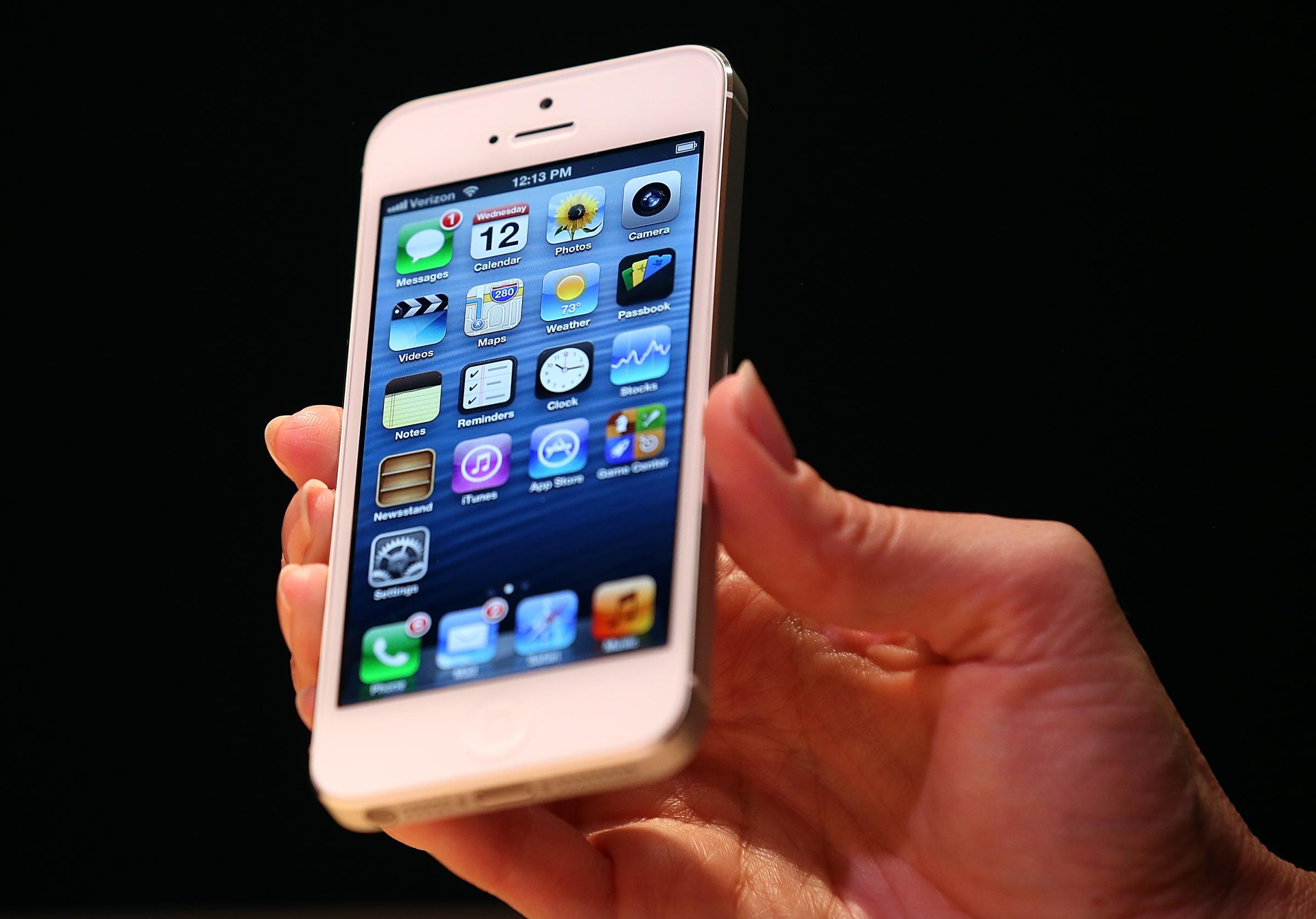Apple’s indelible first iPhone went on sale 10 years ago on June 29, changing how we relate to our phones forever. It established the parameters for what a modern smartphone ought to be, ushering in an era since defined by ubiquitous touchscreens and libraries of easily obtained apps.
It’s also undergone dramatic design upheavals since 2007. It’s easy to forget that the original model didn’t have an App Store. Its touchscreen was a mere 3.5-inches with 480-by-320 pixel resolution — tiny compared to the roomy, high-resolution displays we take for granted today. But today’s iPhones didn’t get there overnight.
To mark the iPhone’s 10th anniversary, here’s an outline of its biggest milestones, and how a device that’s garnered over a billion in cumulative global sales evolved over time.
Read more: This Is Why the iPhone Upended the Tech Industry
iPhone (First Generation)

The original iPhone laid the foundation for the modern smartphone, heralding an era in which carrying powerful, pocket-sized computers has become the norm. Smartphones had existed before the iPhone, but none came together as exquisitely as Apple’s. We can thank the iPhone for the ubiquity of touchscreens, as it pioneered a fully touch-centric interface at a time when most phones still relied on physical keyboards.
iPhone 3G

Apple’s initial iPhone got the party started, but the 3G added crucial improvements like the addition of GPS, motion sensors and faster wireless connectivity. These enhancements were crucial to support developers in Apple’s burgeoning App Store, which launched around the same time as the iPhone 3G.
iPhone 4

With the iPhone 4, Apple stressed two aspects that remain central to the company’s products: its sharp Retina display and general build quality. The iPhone 4 marked Apple’s first full overhaul of the phone’s appearance, distancing it from the previously similar iPod Touch. The company billed it as the thinnest smartphone in the world, instigating an ongoing design rivalry with other tech companies. The iPhone 4 was also the first iPhone to add Apple’s popular video-call tool, FaceTime, though it’s also remembered for Antennagate, a controversy (in hindsight, it seems, much overblown) that arose after some owners reported their iPhone 4s were dropping calls.
iPhone 4s

“Siri, when were you born?” Ask your iPhone and you’ll either get a sober answer or witty comeback. In fact, Apple’s digital helper (named after the SRI International Artificial Intelligence Center) debuted with the iPhone 4s on October 2011. Siri remained somewhat stagnant for years, gaining subtle improvements such as the ability to control different phone settings and switch genders. But what most didn’t realize is how crucial Apple’s digital assistant would be to the company’s future products and increasing investments in artificial intelligence. Today, Siri lives front and center on the iPhone, Mac computer family and new gadgets like the HomePod.
iPhone 5

The iPhone 5 marked another significant redesign for Apple’s smartphone, shifting from glass-coated backing to the brushed aluminum finish that’s now standard to the iPhone lineup. The iPhone 5 also ditched the 30-pin dock connector for the Lightning port, a change that allowed Apple to make the iPhone slimmer.
iPhone 5c

The discount-priced iPhone 5c signified a new approach for Apple, one designed to give consumers more choice. Apple may never offer the breadth of options associated with the Android ecosystem, but for the first time, consumers could opt for a cheaper model that still felt new, even if it was little more than an iPhone 5 wrapped in bright-colored plastic. Although some critics deemed the iPhone 5c a failure, it was a strategic play for Apple to boost the iPhone’s appeal in emerging markets. Apple later improved this tactic with the iPhone SE — a smaller, cheaper iPhone that includes features found in the higher-priced models.
iPhone 6 Plus

The iPhone 6 Plus is arguably the most important iPhone so far. By 2014, Apple’s 4-inch iPhone 5s was starting to look primitive alongside “phablets” (a jokey portmanteau for tablet-sized phones) like Samsung’s Galaxy Note. So Apple once more reinvented its smartphone from the ground up, offering it for the first time in two different sizes: one with a slightly larger 4.7-inch display, and another with a decidedly larger 5.5-inch screen. This was an important move both to keep the iPhone competitive against Android, and to amplify its appeal in Eastern markets where large-screened phones are especially popular.
iPhone 7

For most of the iPhone’s history, Apple stuck to the same two-year, tick-tock cycle in which it would issue a major redesign to its smartphone every other year. The iPhone 7’s arrival brought that tradition to a close. While many observers expected to see the phone’s form itself overhauled, Apple released an iPhone that looked little different from the iPhone 6 and iPhone 6s. But the company’s argument was that the changes under the hood mattered just as much. Thus the iPhone 7 became the first iPhone to include water-resistance as well as a dual-lens camera for sensing depth — a trait likely to be leveraged by Apple’s augmented reality toolkit down the road.
More Must-Reads from TIME
- Donald Trump Is TIME's 2024 Person of the Year
- Why We Chose Trump as Person of the Year
- Is Intermittent Fasting Good or Bad for You?
- The 100 Must-Read Books of 2024
- The 20 Best Christmas TV Episodes
- Column: If Optimism Feels Ridiculous Now, Try Hope
- The Future of Climate Action Is Trade Policy
- Merle Bombardieri Is Helping People Make the Baby Decision
Contact us at letters@time.com